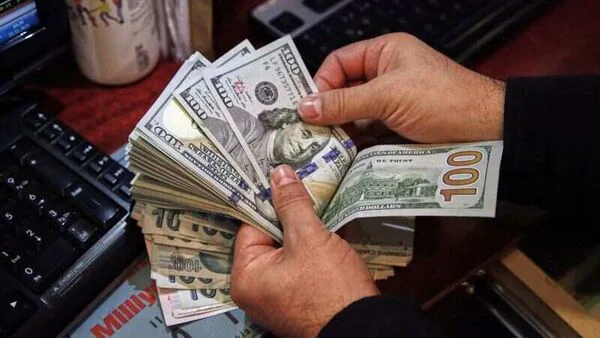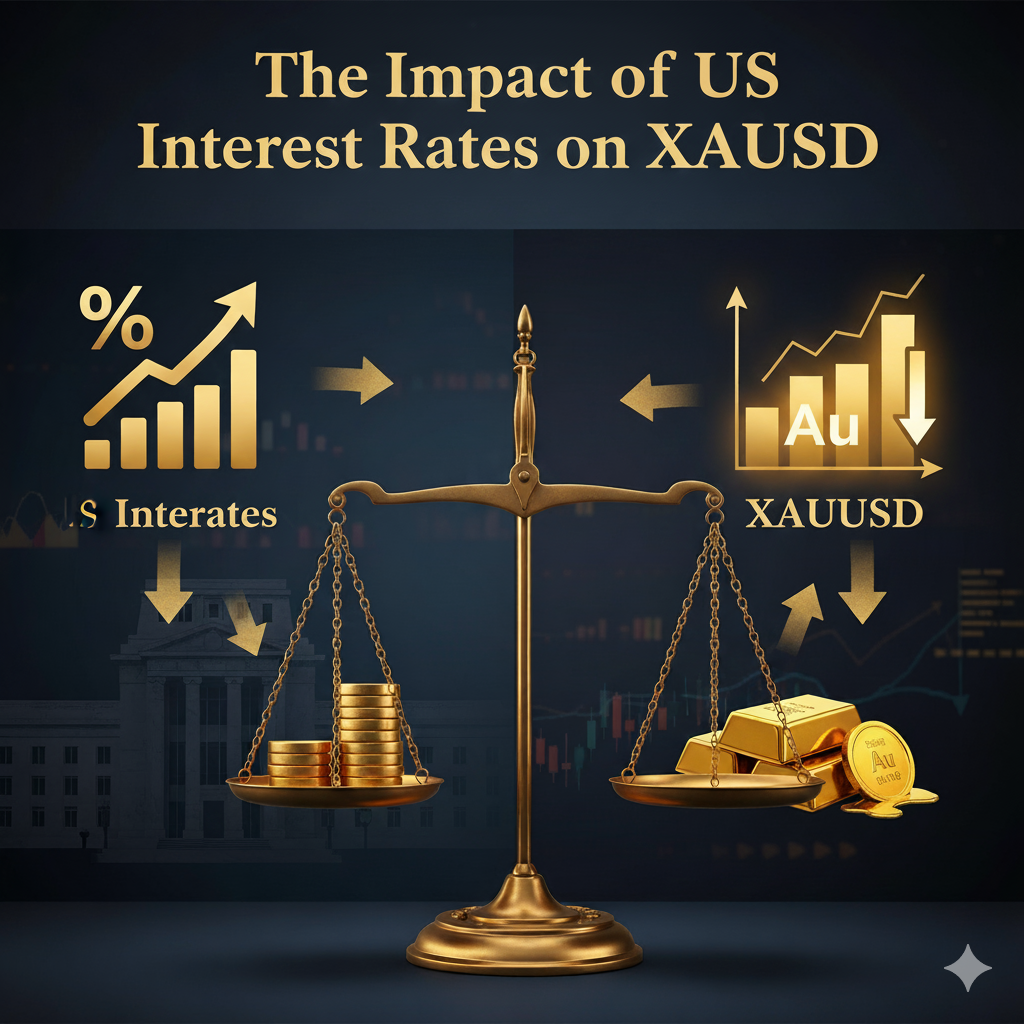Last Updated on April 23, 2025 by Deon
The U.S. Dollar functions as the primary reserve currency of the global economy, which has essential importance. USD forex rate dynamics act as economic indicators for world market conditions while influencing foreign investment activities and trading operations across the world. Here, we examine how it performed over March and April 2025 due to various factors and what these developments mean for forex trading markets worldwide.
USD Forex Rate in March 2025: Strength with Volatility
- March began strongly for the USD. Strong employment data and inflation expectations created optimism that the Federal Reserve would keep its policy stance aggressive. As a result, several major pairs gained base against it, including Euro/Dollar, US/Swiss Dollar, and EUR/GBP
- USD to EUR has fallen below 1.08 as the dollar strengthens, reflecting strength against Japan. and USD to JPY has advanced toward 150 to indicate strength against the Yen.
- Mid-month, markets were rocked by renewed concerns regarding the U.S. banking sector, specifically regional banks, causing widespread risk aversion and temporarily hampering the USD’s momentum as investors became cautious. It led to its devaluation temporarily.
- By month-end, slightly weaker U.S. inflation data had reduced fears of aggressive Federal tightening and restored some equilibrium to currency markets. Meanwhile, USD to GBP exchange rates remained range-bound, more affected by UK economic news than U.S. developments.
USD Forex Rate in April 2025: Restart for Dollar
- Contrasting with March, April was more stable for the USD market. As economic data continued to arrive without sparking major shifts in expectations regarding monetary policy changes, market activity mostly followed suit without leading to dramatic price movements or any dramatic fluctuations.
- The USD to EUR currency pair traded within an approximate range of 1.08-1.09 during November 2017, showing an apparent balance between U.S. and Eurozone economic signals.
- The USD to JPY exchange rate ticked upward, reaching nearly 152. The expansion of the economy proceeded due to different monetary conditions set by central banks. The Federal Reserve persisted with its rigid interest rate policy and inflation target approach, while the Bank of Japan supported low interest rates neutrally.
- Emerging market currencies experienced mixed performances against the dollar during April. Results were affected by both local data and global commodity price changes, as traders digested previous information, they expected more clarity from future directions to take.
Influential Factors for USD Forex Rate
Over the past three weeks, several factors influenced the USD’s performance:
U.S. Economic Data
Reports on inflation, jobs, and GDP played an instrumental role in shaping Fed policy expectations, and by extension, USD strength.
Federal Reserve Policy
Any aggressive or dovish actions from the central bank had direct impacts on forex markets.
Risk Sentiment
At times of market stress and in an attempt to provide stability to investors, the USD acts as a safe currency and gains value as investors flee for its relative security.
Global Central Banks
Interest rate policies and economic signals issued by European Central Banks, such as those found in Britain or Japan, had a significant influence on how their currencies moved relative to the USD.
Geopolitical Events
Any major geopolitical developments could create short-term volatility.
To Be Safe & Successful, Know All the Dynamics Involving USD Forex Rate
The USD’s movements between March and April 2025 indicate just how quickly currency markets can shift in response to economic data releases, central bank policies, world events, importers/exporters’ decisions, and any number of financial events worldwide. Investors need to stay informed of these dynamics to remain safe.
Though April provided some respite, future economic developments both here in America and globally will dictate where markets go in the coming months and years.




